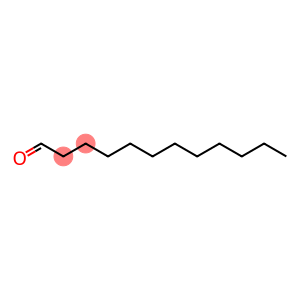Citronellyl acetate(CAS#150-84-5)
| Risk Codes | 36/37/38 – Irritating to eyes, respiratory system and skin. |
| Safety Description | S24/25 – Avoid contact with skin and eyes. S37 – Wear suitable gloves. S26 – In case of contact with eyes, rinse immediately with plenty of water and seek medical advice. |
| WGK Germany | 2 |
| RTECS | RH3422500 |
| TSCA | Yes |
| HS Code | 29153900 |
| Toxicity | LD50 orl-rat: 6800 mg/kg FCTXAV 11,1011,73 |
Introduction
3,7-dimethyl-6-octenyl acetate is an organic compound. The following is an introduction to its nature, use, preparation method and safety information:
Quality:
- Appearance: Acetate-3,7-dimethyl-6-octenyl ester is a colorless liquid with a special aroma.
- Solubility: It is soluble in organic solvents (such as ethanol, ether and concentrated hydrochloric acid) and insoluble in water.
- Stability: It is relatively stable at room temperature, but decomposition can occur in the presence of high temperatures, sunlight, and oxygen.
Use:
- Solvent: It can be used as a solvent to dissolve or dilute other compounds in some processes.
Method:
Acetate-3,7-dimethyl-6-octenyl acetate is usually prepared by esterification reaction, that is, 3,7-dimethyl-6-octenol reacts with acetic acid and adds an acid catalyst to make it esterify.
Safety Information:
- Avoid contact with skin and eyes when using to avoid irritation or allergic reactions.
- Make sure you have good ventilation during use and avoid inhaling its vapors.
- Avoid contact with fire sources to avoid fire.
- When storing, it should be sealed away from light, heat and moisture, away from fire sources and oxidants.








